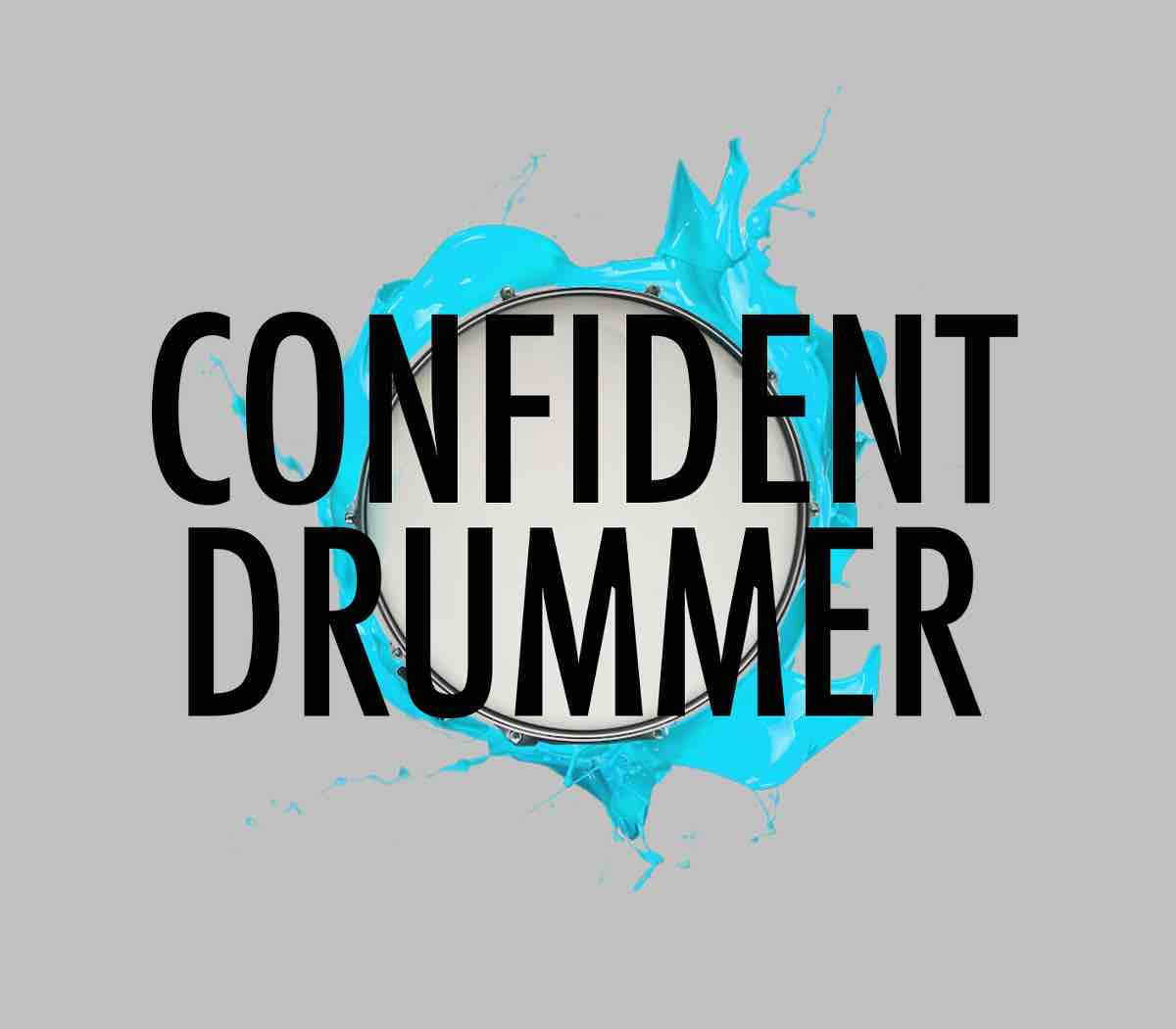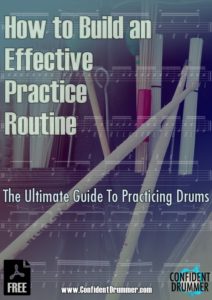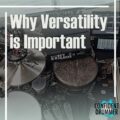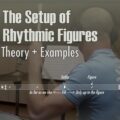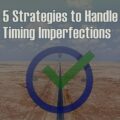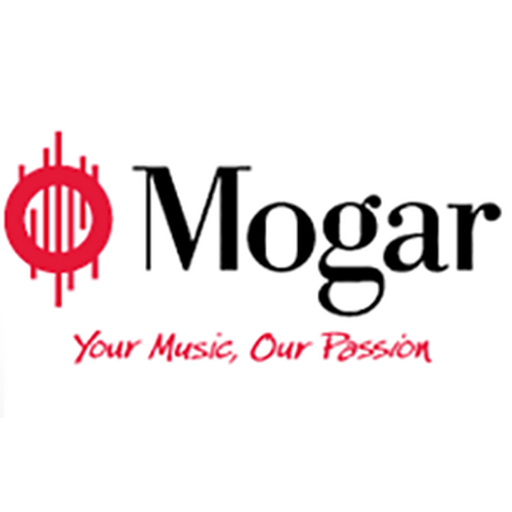There’s so much to say about this topic, and I’d like to keep it short and practical, because I care about results just like you.
Let’s start with a very important premise: the best practice is playing music with other musicians, especially with musicians that are better than you. This is the shortcut, because one of the most powerful mechanism that humans use to learn is imitation, which simply means observing and replicating other’s behaviour.
This is true at all levels, so much so that it has been demonstrated that we are literally the average of the five people closer to us. So, even if we work hard to become the best drummers we can (which is what we are going to discuss in a minute), but then we invest our energies in playing with uninspiring musicians and bands, we are going to have a hard time seeing results.
On the other hand, playing with great musicians will teach us many of the essential lessons we need, mostly unconsciously, just by doing it, and also by receiving great feedback from people who know what they are talking about.
I stress this first because the paradox today is that we often practice a lot, study in great schools, have all the knowledge we need, but then we fail to do the most important thing, which is what we were attempting to do from the start, the reason why we grabbed a pair of sticks to being with: making music with others.
Here you can download the Free Pdf with the full guide for you to review and study:
So, what is practice? Practicing simply means acquiring a skill through repetition. This is the way we learn anything, and it takes three phases:
1- We don’t know how to do it.
2- We figure it out, we understand it and so we can start doing repetitions and practicing it.
3- It becomes automatic and we can do it without thinking about it.
Practicing is an art form in and of itself. It’s not just about the time we put in, it’s about being smart and strategic. One of the best ways I ever discovered to be effective in any endeavour in life, is using frameworks, which are like maps that simplify things so that we can be more effective in dealing with them, as I discussed in a few other articles.
There are four amazing frameworks that come really handy when structuring a practice plan on the drums:
1- The Four Stages of Competence. From Unconsciously Incompetent, to Unconsciously Competent.
2- The Physical, Logical, Emotional model.
3- Timeframes: Short, Medium and Long term.
4- Learning Styles: Visual, Auditory, Kinesthetic and Linguistic.
Let’s start from the Four Stages of Competence, since it’s the one naturally closer to what comes to mind when we think about the learning process.
This framework is very accurate, because it’s based on the same four stages of any change:
1- Unconsciously Incompetent: we don’t know that we don’t know. We are clueless, and have no idea what it takes.
2- Consciously Incompetent: we know that we don’t know. We realize we lack understanding and therefore seek information about how to do it.
3- Consciously Competent: we know that we know. We have the right knowledge, learn it and start doing the repetitions.
4- Unconsciously Competent: we don’t know that we know. Meaning that it becomes automatic and we do it exactly right without thinking about it anymore.
As you’ve probably noticed, you don’t need to think about what you do when you play. You actually have no idea, you just set an intention based on what you hear in your head and what you’d like to express, and then let the body translate those ideas on the drums.
The reason why that’s the way it works is that the brain only understands repetition and reinforcement, since learning basically means creating new neuropathways in it, which need constant repetition to take shape.
Whatever we are studying, be it a language or a new skill, or playing music, that’s the basic mechanism at work. The mechanism is simple, yet it’s tricky because we have to use it correctly to prevent it from backfiring. In fact, the brain doesn’t know what’s right or wrong, it just gets programmed with what you keep feeding it with.
The only thing the brain cares about is the quality and consistency of the repetitions. That’s why if you are sloppy or distracted when you practice you actually don’t learn anything. That’s also why if you repeat something inaccurately, you learn it that way, and make things worse than not having practiced at all.
It follows that, as it’s now widely known, it is not practice that makes perfect, but it’s perfect practice that does that. And the ingredients of perfect practice are focus and control, which is why you have heard a million times that you need to start slow. That’s how the right information gets ‘programmed’ in the brain.
So practicing the drums means fueling the brain with quality content on the three levels of the Physical, Logical, Emotional framework, which is the second framework mentioned (which I discussed in detail, adding also a 4th part, Creativity, here):
– Physical: it’s the technique. Hand technique, feet technique, the mechanics of movement, coordination and so on. We work on it by repeating all the correct motions necessary to develop a very accurate and effective muscle memory. This is often considered to be the only type of practice. Now we know it’s not the only thing to include in our routine.
– Logical: it’s the style, the musical concept, the phrasing, the ideas, the nuances. We reinforce it by listening to music, to our favourite drummers, by analyzing them, by studying different styles, by understanding the theory and what makes music interesting.
– Emotional: it’s the feel we put into music, which comes largely from our feelings, the sensations we experience most of the time and that become our way of communicating on the drums. We reinforce it by living life, by being aware, feeling the emotions going through our body and experiencing them fully.
Then we have Timeframes. Whatever we are trying to achieve needs to be contextualized within reasonable amounts of time in which we want to see results:
– Short term: It can be one day to one week, and it can include things like learning a new song, new grooves and fills, a new exercise.
– Medium term: It may span from one week to a few months, and can include things like developing control and speed in a certain area of drumming technique, improving our dynamics, learning a repertoire.
– Long term: it can last from a month to a few years and includes stuff like developing our own style and sound, learning how to play a musical genre, developing mastery over advanced skills like interpretation, playing in the recording studio, playing ahead or being the beat, being able to play a musical drum solo and so on.
Since we are talking about practicing, it’s important to point out that we all have a favourite approach when it comes to learning. There are different learning styles, and this leads us to the last framework we introduced:
– Visual: we learn by seeing. That’s why just going to a live show or watching great musicians play is an excellent way to improve. It goes directly into our unconscious, as we said above.
– Auditory: we learn by listening. That’s why having great playlists, and putting them on repeat, is a beautiful way to internalize aspects of music that cannot simply be taught. But that are there. That’s why we should learn music not only from a book, but mainly from records, live shows, and listening while playing with others.
– Kinesthetic: we learn by doing. This is what most of us do naturally. It’s the actual practice time on the drums, with the metronome, and so on.
– Linguistic: we learn by reading and writing. That’s for example what you are doing right now.
Let’s keep in mind that these are models, they are useful indications, not law written in stone. For example, we could be a mix of a visual learner and a kinesthetic learner. So it’s not about obsessing around figuring out our learning style or how to choose our perfect long term objectives. It’s about using them to be more aware of what we are doing and therefore more effective, with flexibility.
Now that we have a clear picture of a whole bunch of ideas about what practicing entails, we can move on to the next step.
As for anything in life, when we want to see results, we need a plan. And with all the knowledge we now have it’s really easy to put it all together and just follow a few simple guidelines, which become powerful under the light of this new information, in order to structure our practice routine:
– Our practice plan should use the four frameworks, and therefore include slots devoted to the three timeframes, topics dedicated to each of the three parts, activities that take into consideration the four ways in which we learn. And also the distinction between what we don’t know and need to go figure out, what we already grasp and just need to repeat, and what we have already mastered and can forget about.
– Have a clear why. The only way to sustain the amount of dedication that is required to become good musicians is having a strong motivation behind it, a sense of purpose, a deep love for what we do. We all need to discover and clarify our own why, and then the how and the what are easily defined.
– Start small. Whatever we study needs to become habitual, and that takes effort. The way around it, and to avoid procrastination or even giving up, is to create the new habit by doing as little as necessary, even just a few minutes, so that we can make sure we stick to it and do it daily. Then we can gradually build on it.
– Focus on consistency. It’s better one hour a day, seven days a week, than seven hours in a row one day a week. Much better. Remember, the brain needs to build new neuropathways, and to do that it needs consistency. Show up every day! Your unconscious knows everything. If you skip, cheat, avoid, the message is clear: you are not committed. Obviously, since it’s also crucial to restore your energies, it’s perfectly fine to take one day off every week.
– If possible practice during the part of the day when you feel more energized. For some people that’s in the morning, for others at night.
– Try to make time for at least one hour every day at the drums. Then you can do as much away from the drums, listening to music, transcribing, practicing hand technique on a pad.
– Plan in advance. One great way to do it, is to use tables where you keep track of what you are doing, and you write down what you are going to practice the next day, in detail. Define a program and regularly reinforce all aspects. If you don’t have a plan you’ll spend two hours jamming before even remembering that you actually wanted to practice.
– Keep all your exercises, pages, books, organized. You can use my free Workbook if you like.
– Use parameters to explore all the possibilities available: different tempos, dynamics, orchestrations, subdivisions.
– Take breaks. Quality and not quantity. Practice smart. Don’t kill yourself. Take it easy, enjoy your practice time. One great way to do this is to practice for 50/55 minutes and then take a 5/10 minutes break. Golden rule for those 10 minutes: change channels, do something unrelated to drumming and music. And stay focused, no grey zone. That’s crucial because during those 10 minutes you want to rejuvenate as much as possible.
– Eliminate distractions. This is one the most important things you can do in life. Turn off those mostly useless notifications, which are extremely addictive and rob you of your focus and attention span, and do one thing at the time. If you want to surf the Internet, or answer emails, do it intentionally and in specific times of the day.
– Give yourself a reward at the end. First things first, but then definitely have fun. You did it, now it’s time for a little treat. This is vital, because as we have seen and as we have all experienced, most of our improvement happens in the medium and long term, so this helps us not be overwhelmed with frustration. Play a song you love, do a free solo, jam, have your favourite food. Whatever. Just try to keep it constructive.
– Always keep in mind the mastery curve. It’s not linear. You are going to spend most of your time in plateaus where nothing seems to happen. Just know that improvement is around the corner. You can read more about it here.
– Review what you did. Take the time to analyze what’s going on and consider what could be done differently the next time. What did you do well? What can be improved and in what ways? Even keep a journal (physical or digital), so that you can monitor your progress and keep a record of your insights.
Now, what do we actually practice? I always recommend my students to divide their practice routine in sections, one for each area of drumming. Since the brain needs repetition and reinforcement, we need to rehearse all of the things that are relevant, on a regular basis. Dividing our study materials by topic helps us do that.
Here are a few categories to include:
- Mechanics of movement and hand technique.
- Foot technique.
- Coordination, independence.
- Phrasing, fills.
- Rhythms, beats.
- Songs, repertoire.
- Improvising, developing our own style.
- Styles, music genres.
- Soloing, interpretation.
- Groove, recording, accuracy.
- Sound experimentation, tuning.
- Research, transcriptions, analysis of the greats.
Of course, since we need to invest time on all of these aspects simultaneously, and we don’t have ten hours every day, we need to arrange them.
We can do that efficiently by remembering that the important thing is consistent reinforcement (I know, I’ve said it thirtyseven times already). So, if we practice three of these every day, for half an hour each, with just 90 minutes a day we can hold it all together and come back to the same materials every three or four days. This would work pretty nicely.
It goes without saying that if we practiced five or six categories each day, for one hour each, thus going through a complete cycle every two days, our improvement would be incredibly faster. It’s about creating a practice routine that perfectly fits our circumstances.
Since one of the best ways to learn anything is ultimately by example, and since here we discussed a lot of theory, I think my ‘One Month Drum Challenge’ method is not only a very effective free drum book, but is also a pretty detailed example of all these principles put at work in a contextualized and practical way.
Though it mostly focuses on technique, and on the medium term timeframe of one month, it can be a great starting point to see how powerful these ideas are and get the inspiration to create your own personal practice routine.
You can download it here if you haven’t already:
‘1 Month Drum Challenge’ – Free Drum Course
Here you can also find a few methods in which I further elaborate on the concepts presented above:
‘Altitude Drumming – Become A Musician Who Plays The Drums’
‘Actualized Drummer – Paths To Reach Your Full Potential’
‘Drum Technique Booster – The Masters’ Approach’
